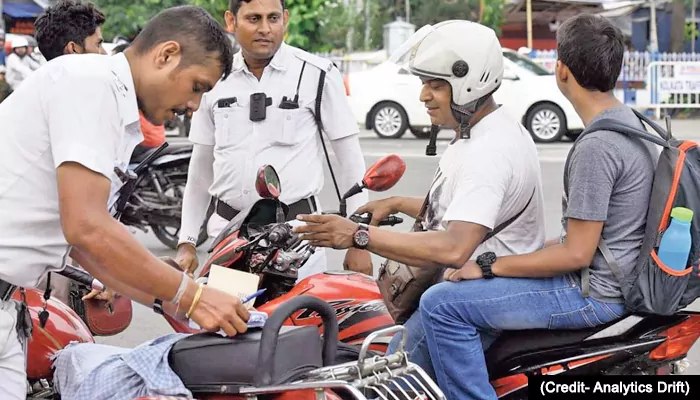
The Vehicles Act can be traced back to 1914, when India was still under British colonisation.
There’s not an iota of doubt that the British colonisation left India with deep scars. Even 79 years after independence, India is dealing with multiple issues that the British created in the subcontinent. However, no matter how hypocritical this may sound, and without romanticising our colonisers, our country also gained a few things from its colonisers, ranging from the railway system to the judicial system.
Among other things, India also acquired the Motor Vehicles Act, a part of the judicial system, in 1914—a time when vehicles were scarce in India. Yet, the colonisers thought India needed a way to regulate the running of motor vehicles on the Indian streets.
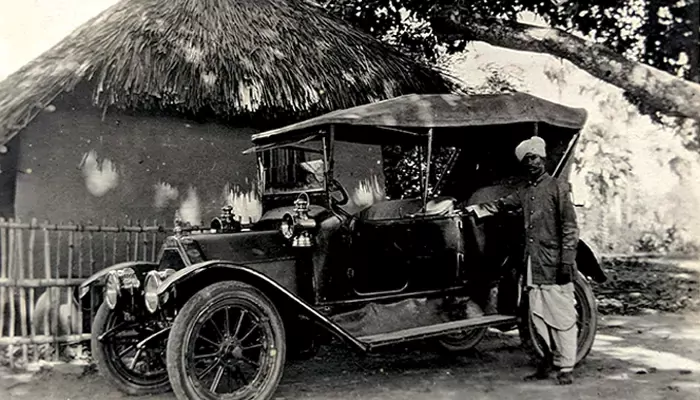
In 1914, the Indian Motor Vehicles Act was passed as central legislation to be implemented in British India. The majority of towns and cities under British rule followed suit, whereas some princely states adapted the rules according to their regulations. Despite British rule in India, certain territories were ruled by the Portuguese, French, or Dutch, and therefore, the rules were not enforced in those areas.
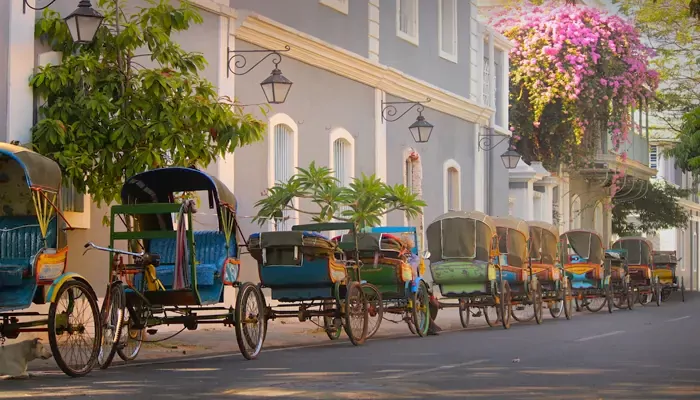
The original act was slightly amended in 1924, resulting in the Indian Motor Vehicles Act, 1924. Before India’s independence, the word ‘India’ was dropped, and the act became the Motor Vehicles Act in 1939, which came into force in 1940.
After 41 years of gaining independence, the government of India finally realised that it needed several changes after the departure of British colonisation. Not to be forgotten, India was on the path to becoming one of the most densely populated automobile countries in the world, and therefore, stricter norms were required to control the vehicle population that was to come.
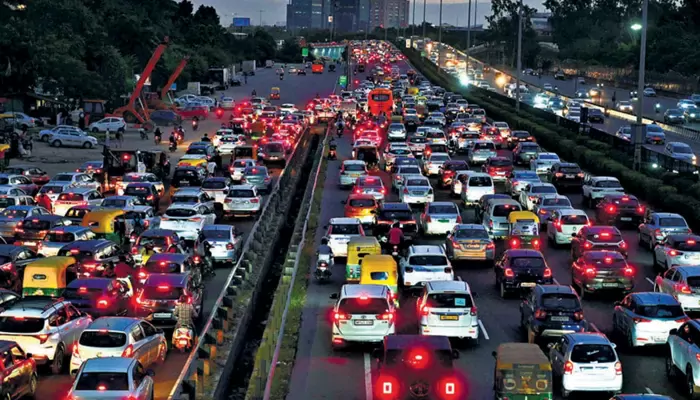
The 1988 Act took cognisance of several crucial factors related to motor vehicles and driving and made adjustments in license regulations, safety, insurance, offences, and penalties. The most significant fix was the enforcement of third-party insurance on all vehicles, which meant that if a vehicle collided with another vehicle or a person, the third-party insurance of the colliding vehicle would cover the expenses of the vehicle or person involved.
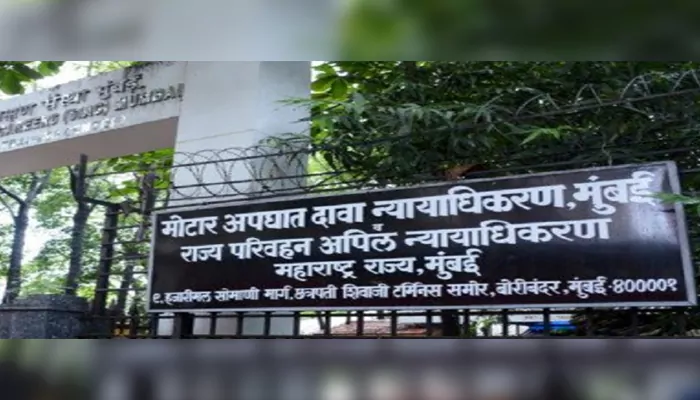
An accident claim tribunal was also set up, according to which a person involved in an accident can claim up to INR 500,000 in compensation. However, his claim must be justified, which is decided by the Motor Accident Claims Tribunal.
According to 2022 CEIC data, India has 354 registered vehicles plying in the country, out of which 21 crore are two-wheelers and seven crore are four-wheelers, as stated in a 2022 report by The Economic Times. Despite gaining independence only 79 years ago, the Motor Vehicles Act continues to regulate the majority of vehicles and their owners.
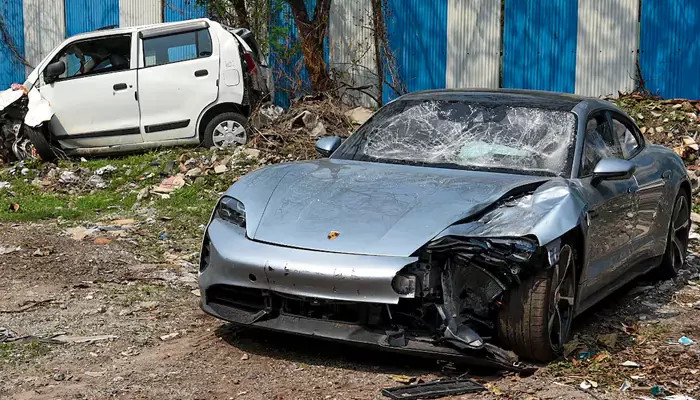
Yes, there are loopholes, and incidents involving influential people force the Acts or the judicial system to sit by as mute spectators. However, despite its shortcomings, the Motor Vehicles Act of India is one of the most complex sets of rules about vehicles that deals with complicated vehicle problems in India every second.